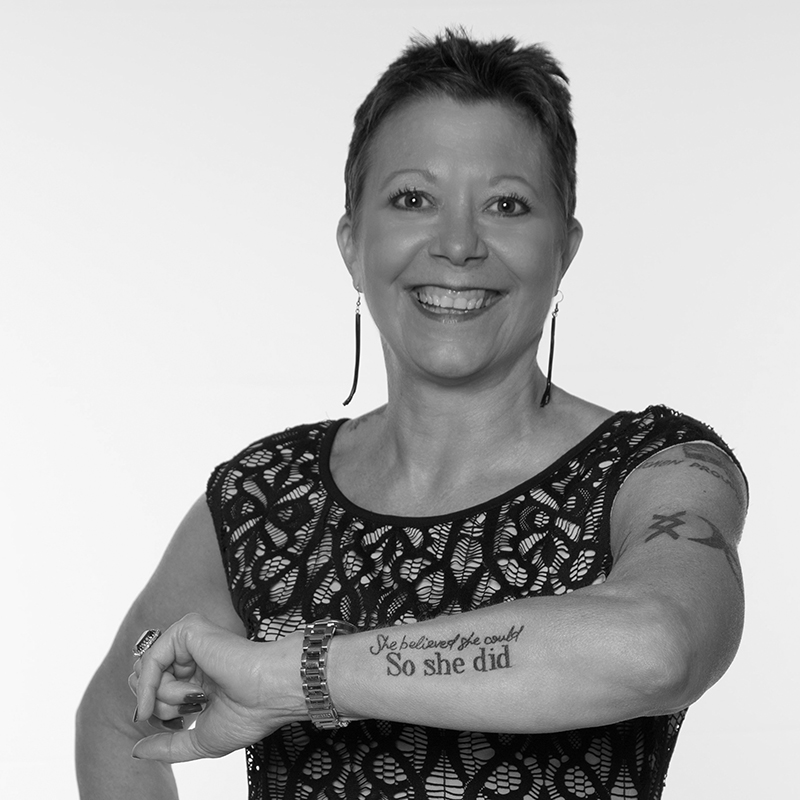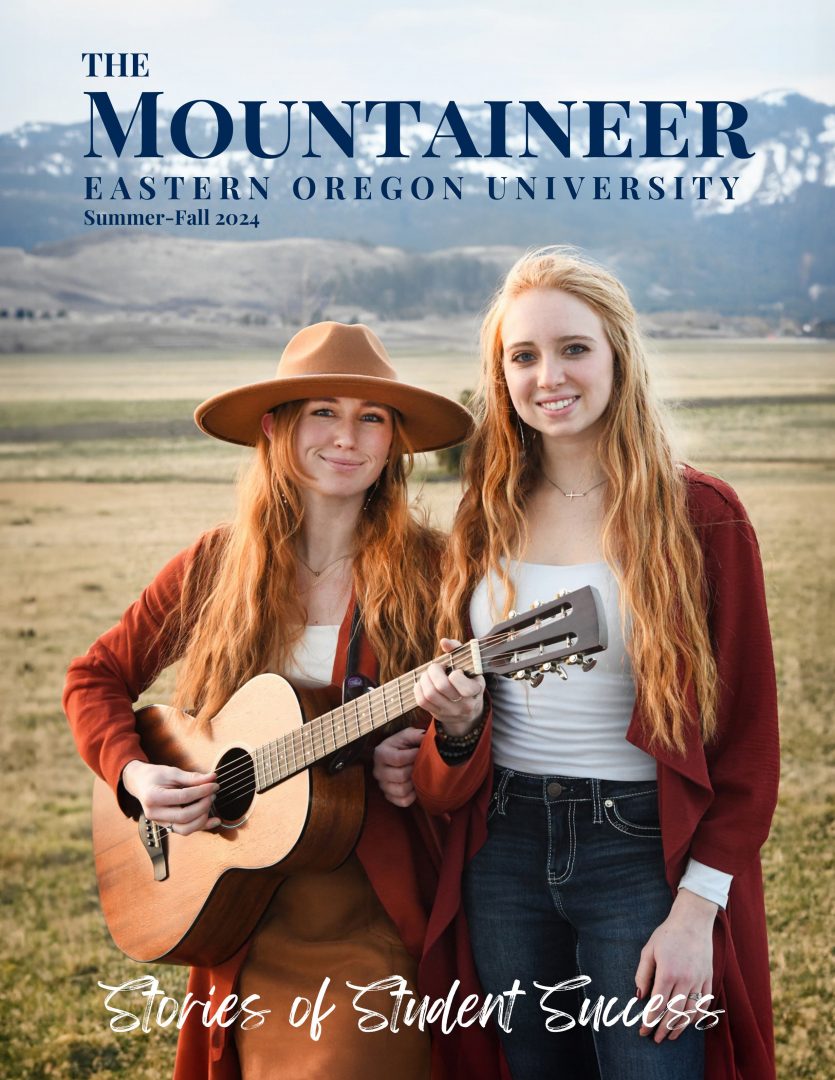Making women veterans visible

It was 1977 in La Grande, and Elizabeth Estabrooks, ’01, hadn’t really planned on joining the U.S. Army. She had just accepted a higher paying job and bought a new Nova SS, but the job fell through and a friend talked her into going down to the recruiters’ office together.
“At the time, women had to give up custody of children to join the Army—men didn’t, but women did,” Estabrooks said. “I didn’t have kids at the time, but my friend did. She didn’t join the Army that day, but I did.”
Estabrooks has burnished the resilience and intelligence she had then. She now serves as Deputy Director of the Center for Women Veterans in Washington, D.C., ensuring women veterans across the
country have equal access to benefits and services from Veterans Affairs (VA).
About 12 years after leaving the Army, she embarked on a career in social work and assisted people who had experienced domestic violence or sexual assault. She eventually enrolled at EOU as an online student to earn a degree in Liberal Studies, and later received a Master’s of Social Work from Columbia.
“I use what I learned in the Army and at EOU and in my career,” Estabrooks said. “All of those experiences combined have brought me here and allowed me to help women veterans and women in general.”
At EOU, she focused on political science and gender studies, and became one of the first graduates with that concentration. Estabrooks was a single parent when she was taking classes online from Baker City. Her daughter was 17 and her son was 5 when they watched her walk across the stage in Community Stadium.
She attended some weekend classes, but primarily interacted with faculty and peers through the then-new online classroom.
“EOU was doing a lot of work to make sure people could get their college education in a legitimate way from home, and showing that a quality university could provide a quality degree to students who weren’t sitting in their chairs in that town,” she said.
A degree from EOU equipped her to pursue larger roles in a field she had long been interested in exploring.
“I’ve always been a feminist,” she said. “I’ve always understood that women are disenfranchised and there’s a need to acknowledge that in anything you approach. [My degree] put a finer point to that and gave me an academic lens to look through.”
“I’ve always understood that women are disenfranchised and that there’s a need to acknowledge that in anything you approach.”
– Elizabeth Estabrooks
Serving in the Army in the late ’70s affirmed her feminist stance.
The Women’s Army Corps had just been dismantled and leaders were working to integrate women into the Army. Estabrooks went through basic training with the second group of women to ever complete the course alongside men.
“We did everything they did. We threw hand grenades, ran the same distance, fired the same weapons,” she said.
She scored highly on the Armed Services Vocational Aptitude Battery (ASVAB), but was shuttled into the supply field with a mass of recruits.
At that time, thousands of Army jobs were still closed to women. Estabrooks wanted to be a Ranger, but a sergeant told her, “girls can’t be Rangers.” She finished the 12-week course in half the time and requested to join the 82nd Airborne. A different sergeant gave her a familiar answer, “girls can’t be Airborne.”
“As a woman in the Army, it didn’t go well for me—discrimination, sexual harassment and no bonuses, so I left when my three years were up,” Estabrooks said. “I didn’t hate the Army, but discrimination was embedded in every structure, and I hated that.”
Since May 2020, she’s helped lead the Center for Women Veterans and worked to dismantle some of the structures that pushed her out of the military decades ago.
There are two million women veterans, but only 800,000 are en- rolled in the VA and just 500,000 use VA-provided healthcare.
“One of the biggest barriers is being recognized as veterans,” she said. “People assume men are veterans and they assume women are not. I’ve seen it over and over again.”
This basic acknowledgement has big implications. Being recognized as veterans has the power to tangibly improve women’s lives and quality of care, Estabrooks said.
“Women have served in the military and in combat in this country since the Revolutionary War, and the fact that they’re not acknowledged is shameful,” Estabrooks said. “It’s a shift that needs to happen because it matters how women see themselves, too. Those barriers are so real.”
She cited statistics that men tend to talk about their service more than women do. That internalized divide, corroborated by popular culture, can stand between women veterans and benefits, healthcare or policy change.
“I met a woman who’d been a Marine for 13 years, but she told me she’s not a veteran. For years I said, ‘I’m just a girl who was in the Army, I’m not a veteran,’” Estabrooks said. “It sounds simple, but not applying that word to yourself gets in the way of the things you deserve.”
When women don’t self-identify as veterans, there’s less data about their needs or the ways current policy overlooks specific issues. Estabrooks said women veterans are the fastest growing group of homeless veterans.
“When they don’t say ‘she’ on Veterans Day or have women standing up there, they’re leaving out what we’ve done, our experiences and our honor,” she said.
Her own negative experiences have fueled a lifetime of work toward honoring other women.
“People hear so much about military sexual trauma, and I always point out that even with the negative experiences, women veterans are resilient,” she said. “Resilience is a big piece of the character of women veterans. We’re not defined by the bad things that happen to us. We’re defined by the strength and resilience that we as veterans have gained.”
« Got Beef? | Just Like Dad »
